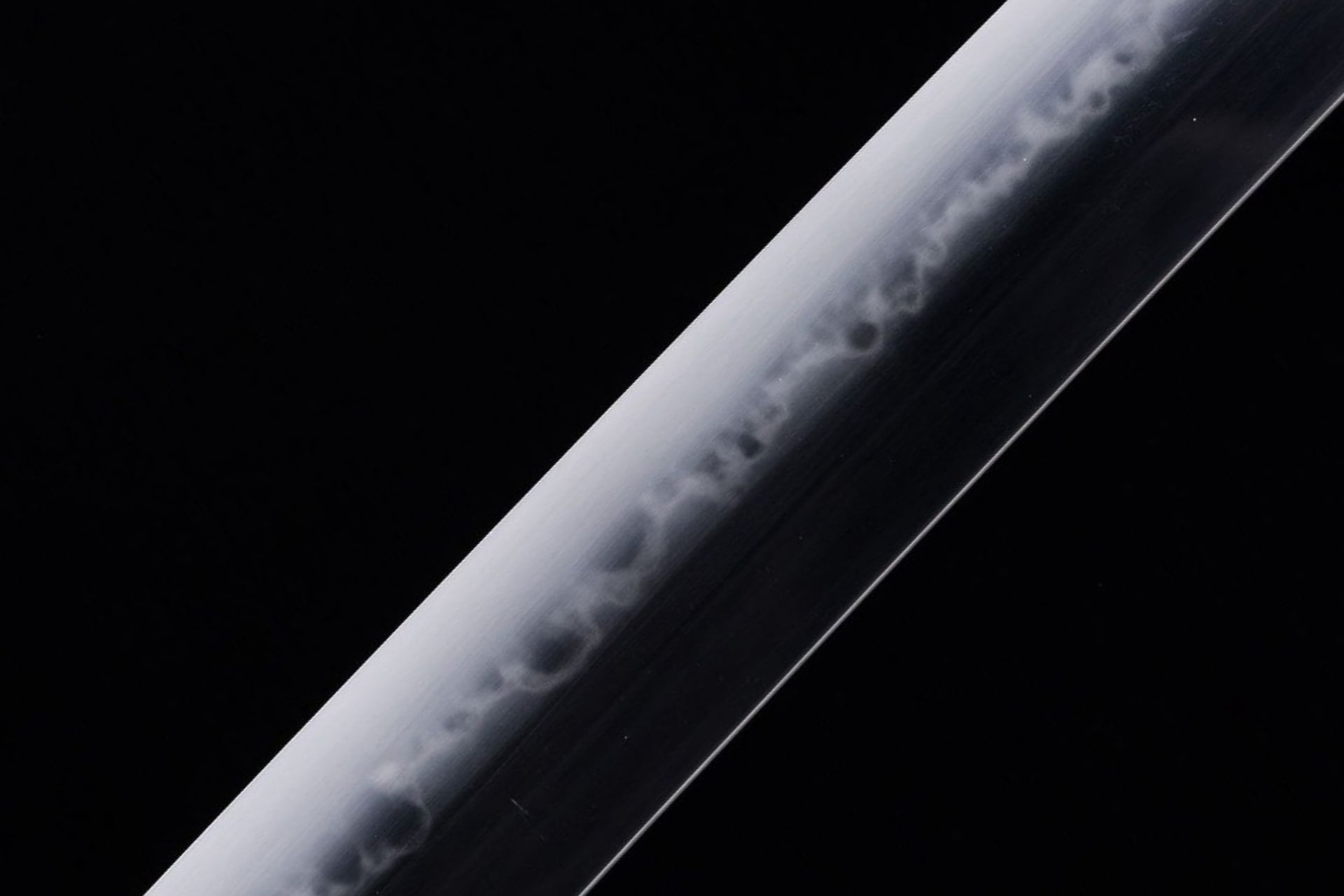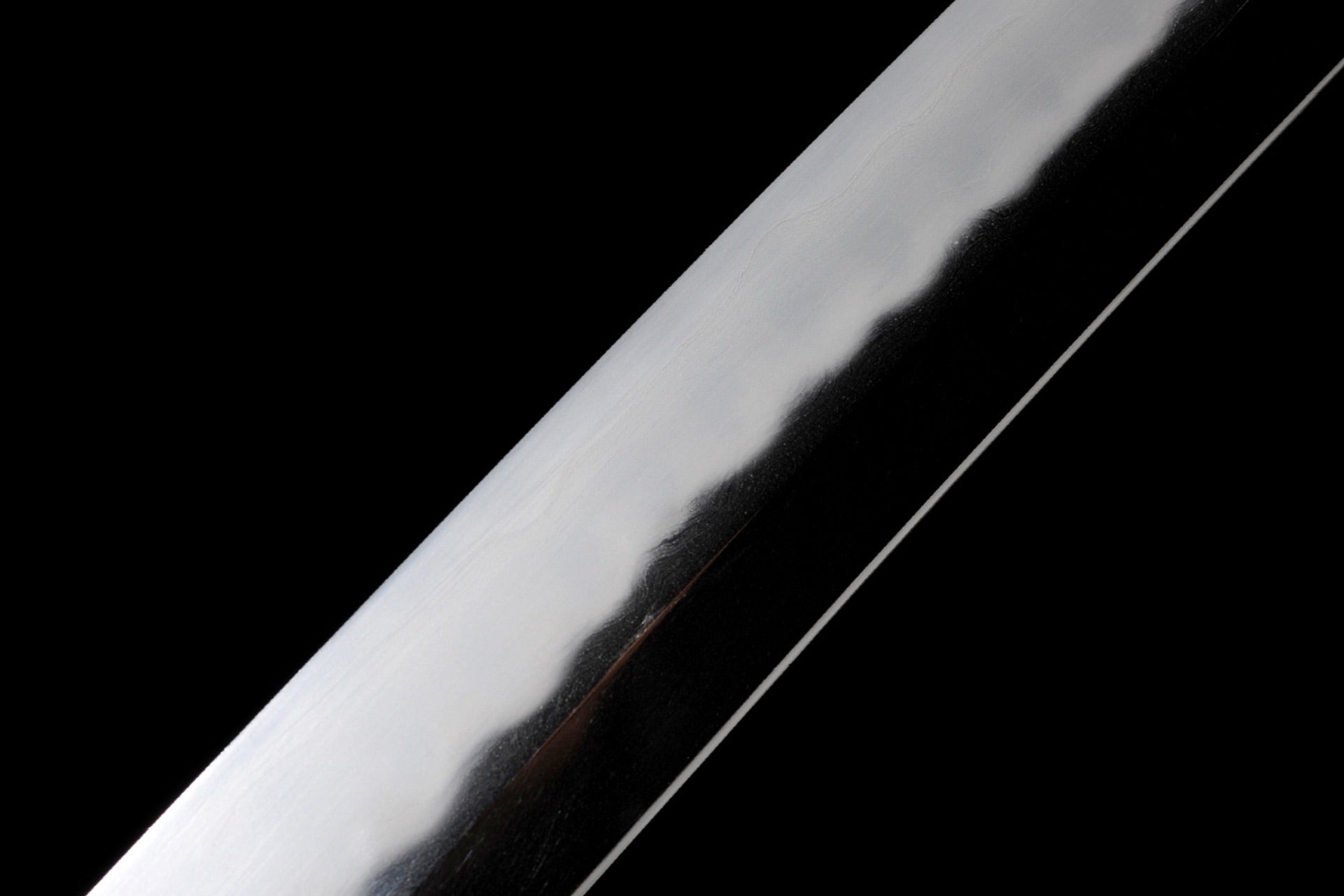The tsuba is the most important accessory of the katana, equivalent to the sword's handguard, and serves roughly three purposes.
1. It is the switch to release and retract the knife
2. Protect your palms and wrists when fighting
3. It is a symbol of social status. Prior to the Momoyama period, the emphasis was on practicality, and after the Momoyama period, the emphasis was on decoration
The tsuba must have a triangular-shaped hole in the middle of the tsuba for the blade to pass through, called "Nakagoana". The triangular hole can also have a flat circular hole on each side, and the one on the left is called "Kozukaana". Both flat circular holes can be present at the same time, or only one or neither of them.


The tsuba is usually made of iron or copper alloy. Most of the bronze tsuba are from the Momoyama period onwards, with inlay, gilding, and misaligned gold. Iron tsuba exist from all eras.
Tsuba designs are complex and varied, mostly featuring loong, tigers, lions, flowers, birds, figures, landscapes, animals, insects, plants, geometric figures, and characters.



Read more

Avoid touching the blade directly with your hands . This is very unsafe and easy to cut yourself . The blade is made of iron , and if the blade is not cleaned up in time after touching it , the swe...

Japanese swords can be roughly categorized into four types based on their length: "Tachi," "Katana," "Wakizashi," and "Tanto." These four types were the standard weapons used by Japanese warriors. ...
Shop katana
Our katana store offers a wide selection of japanese swords — from traditional katanas and anime-inspired designs to fully functional blades — featuring a variety of materials and craftsmanship to suit your preferences.








Leave a comment
All comments are moderated before being published.
This site is protected by hCaptcha and the hCaptcha Privacy Policy and Terms of Service apply.